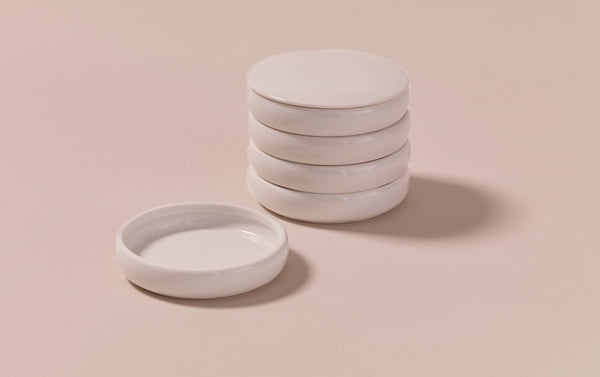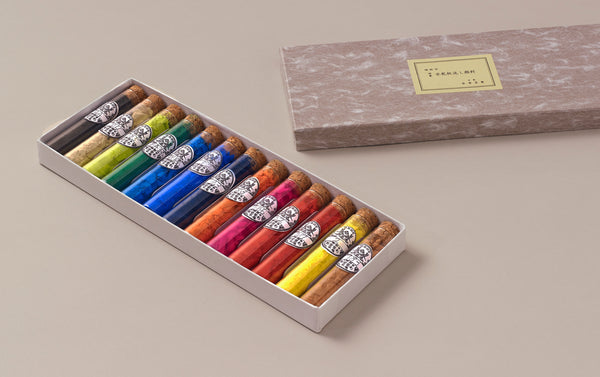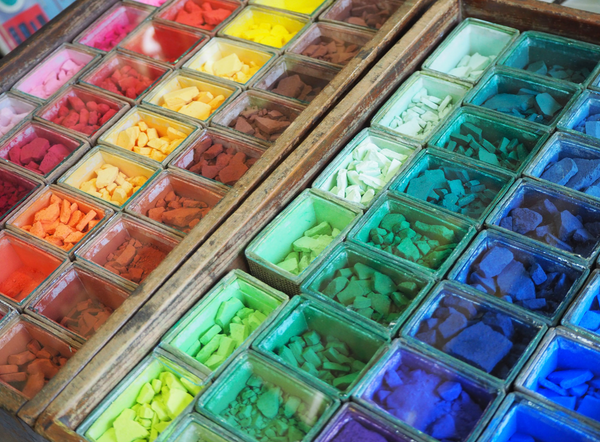12 Handmade Colour Pastels, Semi-Precious Stones
£95.00
In modern-day mass manufacture, pastels have been known to be formulated using chalks and other dusty fillers altering potency of colour and texture. In the face of such declining quality Rebecca Wallace and Pip Seymour, two artists, art lecturers and colour specialists, began making paints to their own tastes and recipes looking to emulate art materials from the past, with more variable grain and natural appearance, offering long forgotten pigments and colours.
Its this in mind, this set has been created exclusively for Choosing Keeping. 12 colours made to recreate the feel and colour shade of natural mineral luxurious semi-precious stones, as they look before being pulverised, as they would in museum cabinet. It can be used dry and wet, when applying a wet brush either to the pastel or after application.
Examples of such stones include Rubies, a pale pink composed from ultramarine pink and light red cadmium ; Azurite, a blue shade from Ultramarine and Viridian ; Malachite, an emerald green, actually composed of real Malachite and some more obscure stone colours such as Sodalite (sky blue), Fluorite (pink-violet) or Dioptase (emerald green).
Details:
Colours: Orpiment Hue, Realgar Hue, Ruby Hue, Fluorite Hue, Rhodonite Hue, Malachite Hue, Chrysocolla Hue, Sodalite Hue, Azurite Hue, Lazurite Hue, Turquoise Hue, Dioptase Hue
General Notes and precautions when working with Pastels
When working with soft pastel, be aware of nuisance dust. It is ideal to wear disposable gloves and a dust mask when working with pastel, especially if working in a vigorous/expressive manner, where pigment dust becomes temporarily airborne.
To counter pigment dust, spray a fine mist of water in the workspace before beginning to paint with pastels. This will catch any dust and force it down to floor level. Ideally, work in a ventilated space.
Do not eat, drink or smoke when working with pastels. Wash hands before eating or drinking.





